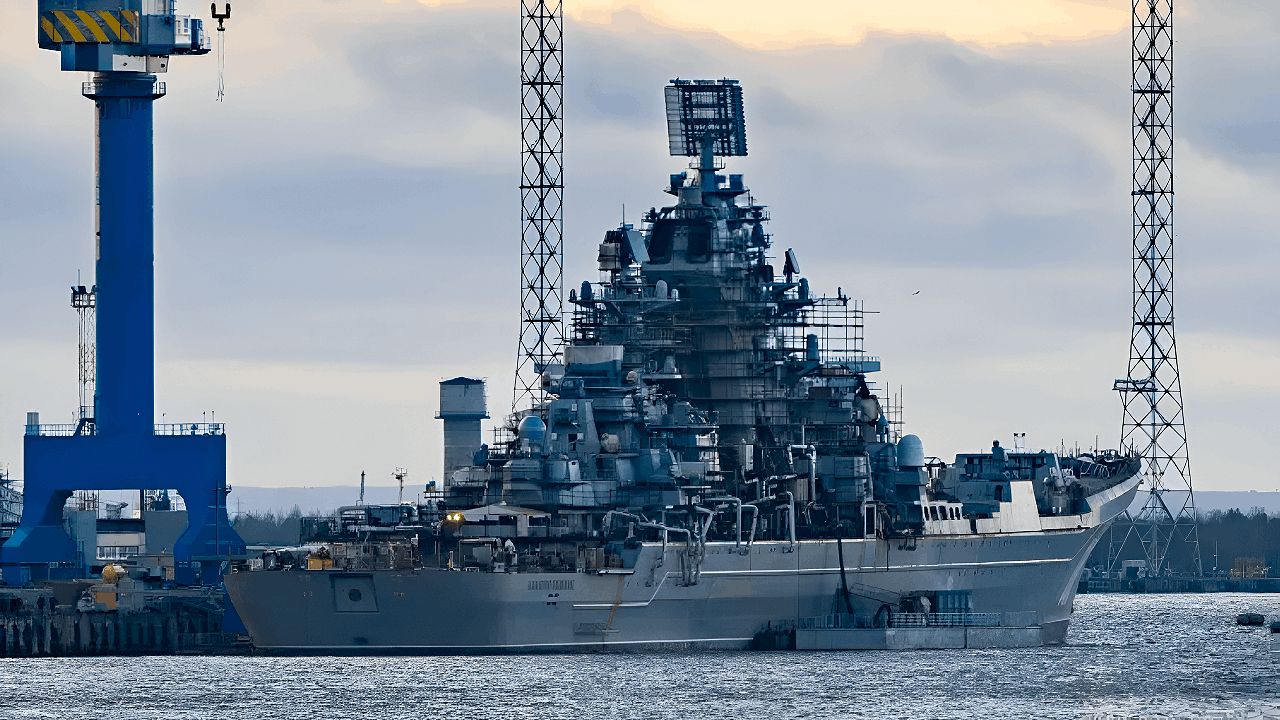
Russia’s Akademik Lomonosov stands out because it’s the world’s first nuclear power plant that floats on water, designed to provide electricity to villages and industries in the remote, chilly Arctic. It’s the brainchild of Russia’s state nuclear corporation, aiming to bring stable energy to places regular power lines can’t reach.
However, activists and nuclear experts warn that the risks, like potential disasters or radiation leaks, are just as big as the benefits. People disagree about whether these worries are real dangers or just scary stories.
A Nuclear Plant on a Barge
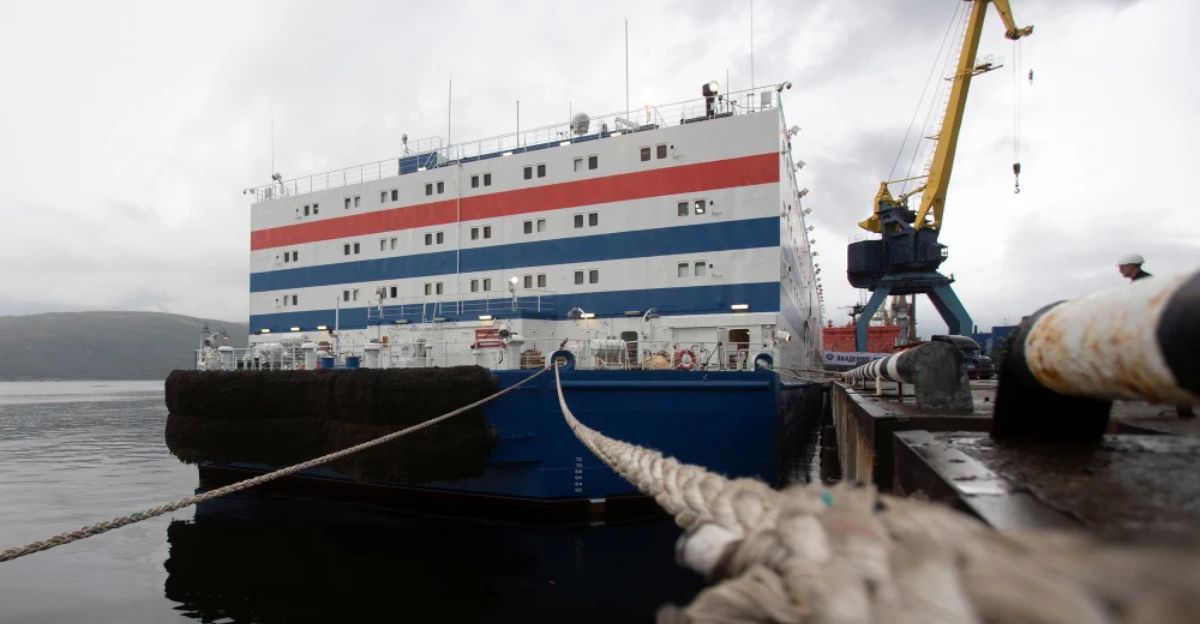
At its core, the Akademik Lomonosov is a big barge with two nuclear reactors inside, built by Russia’s giant nuclear company, Rosatom. The plant can move from place to place and is meant to send electricity to far-off towns, helping with everything from powering gold mines to keeping the lights on in remote villages.
It’s a bit like a floating power station that sails wherever it’s needed most. Officials say this mobile approach lets them tap into the Arctic’s hidden resources, even in places that would otherwise go dark in the long, icy winters.
Why Bring Nuclear Power to the Arctic?
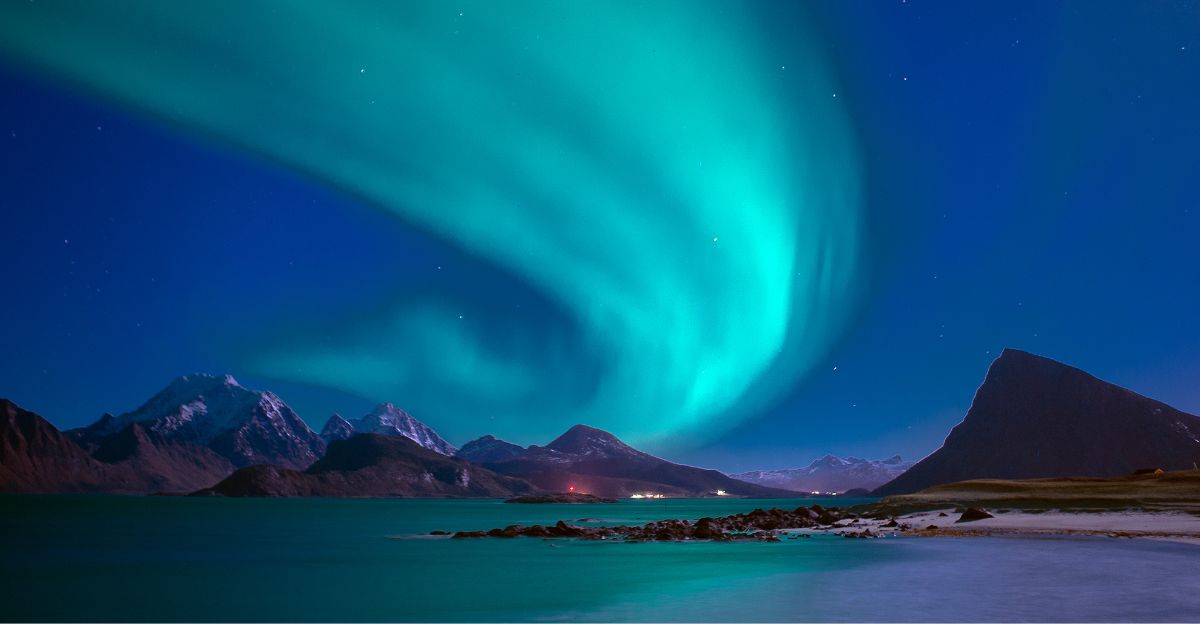
The Russian Arctic is filled with valuable resources, from oil and gas to rare minerals, but it’s tough, cold, and far from big cities. Sending regular power lines for hundreds of miles just isn’t possible. Floating nuclear plants sound perfect for this job because they’re mobile, strong, and can handle the hostile weather.
Russia’s government hopes these plants will unlock the region’s wealth, boost development, and give the country more control in a strategically vital area.
Why People Say “Chernobyl on Ice”
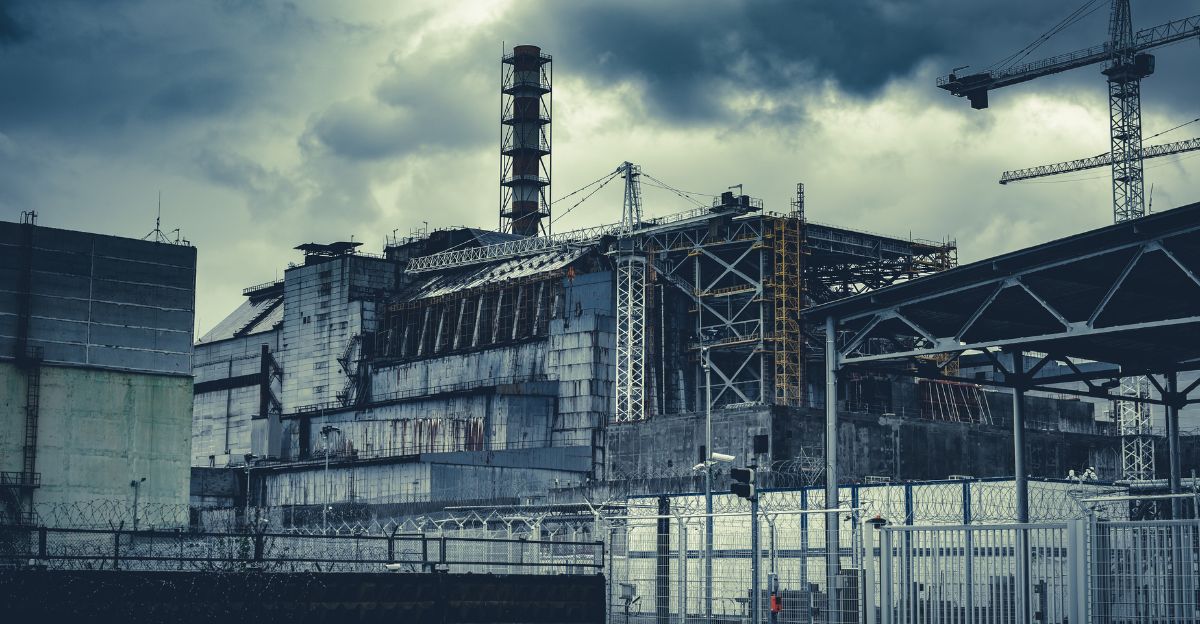
The name “Chernobyl on ice” isn’t just for drama, environmentalists think a major accident on this floating plant could be far worse than past disasters. Unlike Chernobyl, which happened on land, here any radioactive material would go straight into the sea, affecting wildlife, fisheries, and even coastlines far away.
Russia insists its plant uses safer, newer technology and is carefully built to avoid accidents. Yet critics note that the country’s past nuclear safety record isn’t great, and mistakes can still happen.
Floating Plants Face Special Problems
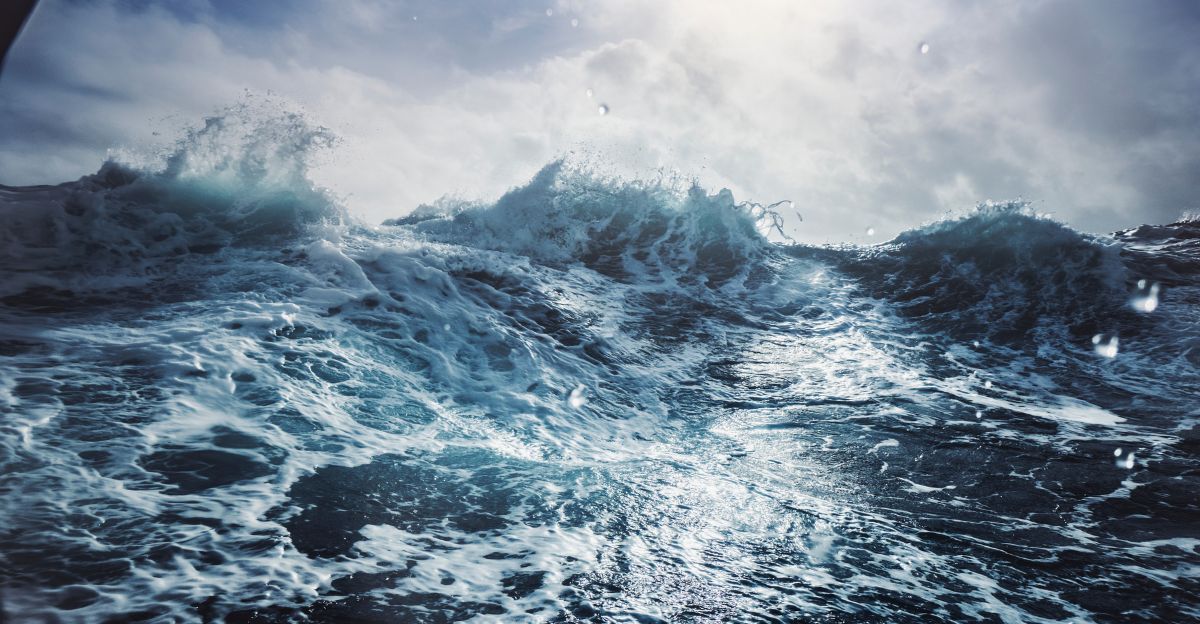
Floating reactors don’t have the thick, stable ground of regular nuclear plants. The Akademik Lomonosov must brave powerful Arctic storms, crashing waves, and maybe even collisions with icebergs or other ships. These unpredictable forces could damage the vessel or its safety systems, potentially releasing radioactive material into the ocean.
Greenpeace experts warn that the risks increase substantially when you put a nuclear reactor on water. Unlike on land, rescue or repair teams are hours, or even days, away if something goes wrong, making safe operation much harder.
Are Safety Rules Strong Enough?
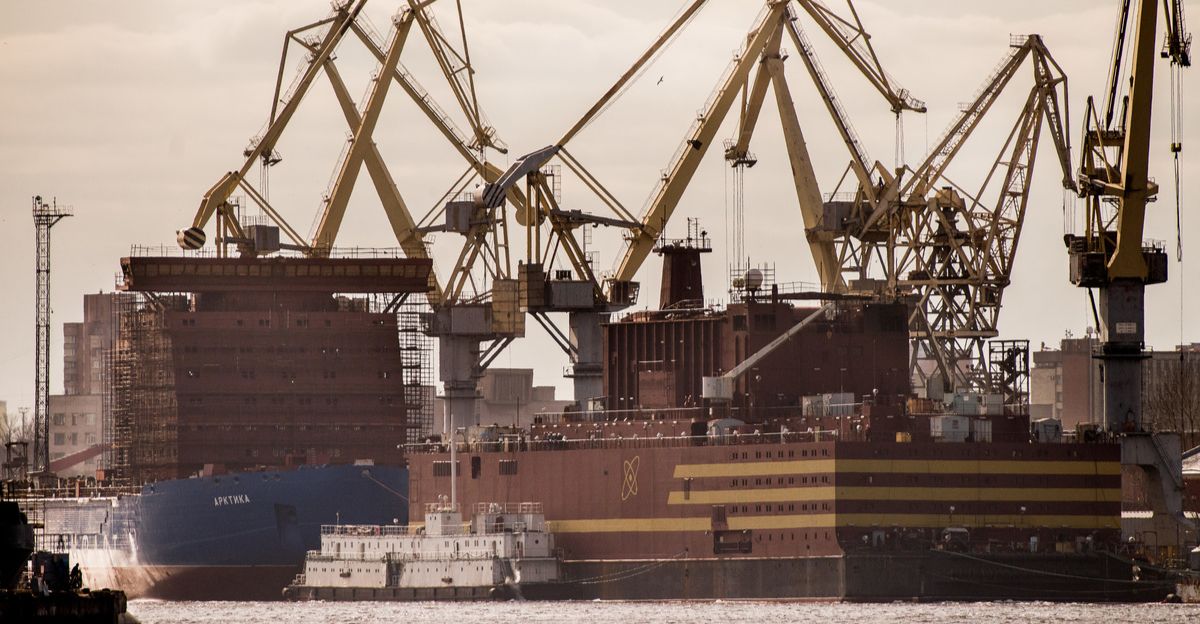
International safety watchdogs aren’t the ones keeping an eye on this project, most of the oversight comes from inside Russia itself. Critics say that’s not enough. After disasters like Chernobyl, experts learned that nuclear oversight should be impartial and open for review by the world, not just the country building the reactors.
Rosatom claims its plant meets the highest safety standards. Skeptics argue that, without real transparency, the public will always be in the dark about the true risks.
Arctic Hazards Are Different
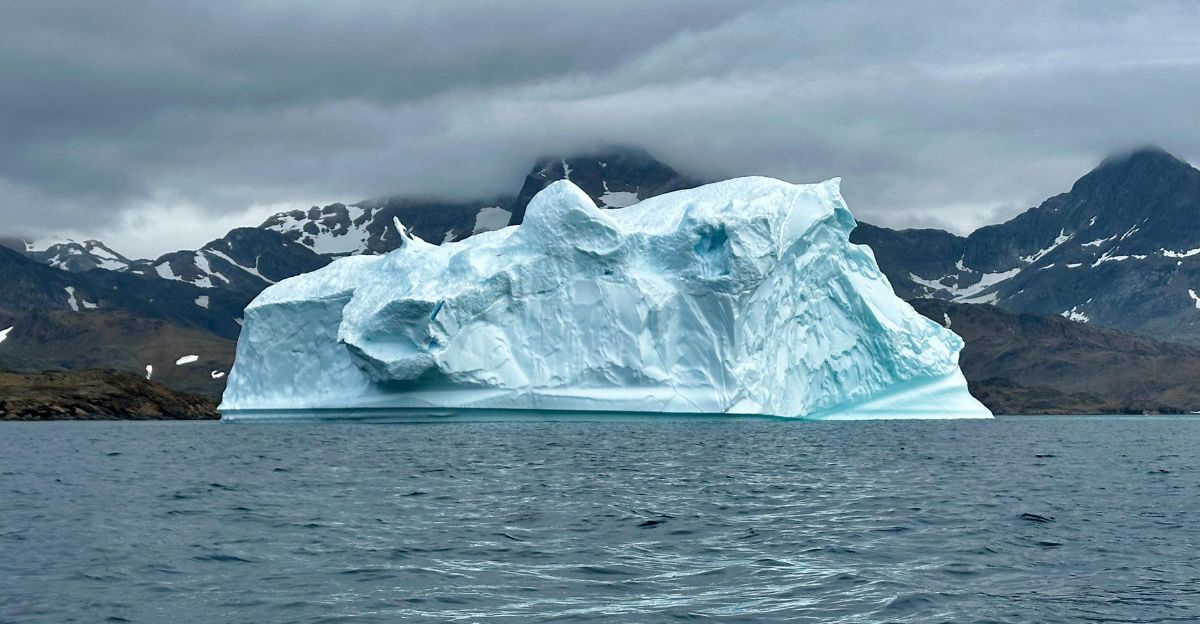
One of the biggest fears is that the floating plant can’t just sail away from danger. Its flat-bottomed hull makes it awkward to move quickly, and it’s hard to outrun an oncoming iceberg or escape a fierce Arctic storm.
Powerful waves, sudden shifts in sea ice, or even getting stuck could all cause an accident. Unlike reactors built on land, there’s no easy way to evacuate the area or bring help in fast if a disaster strikes.
Russia’s Nuclear Safety Track Record
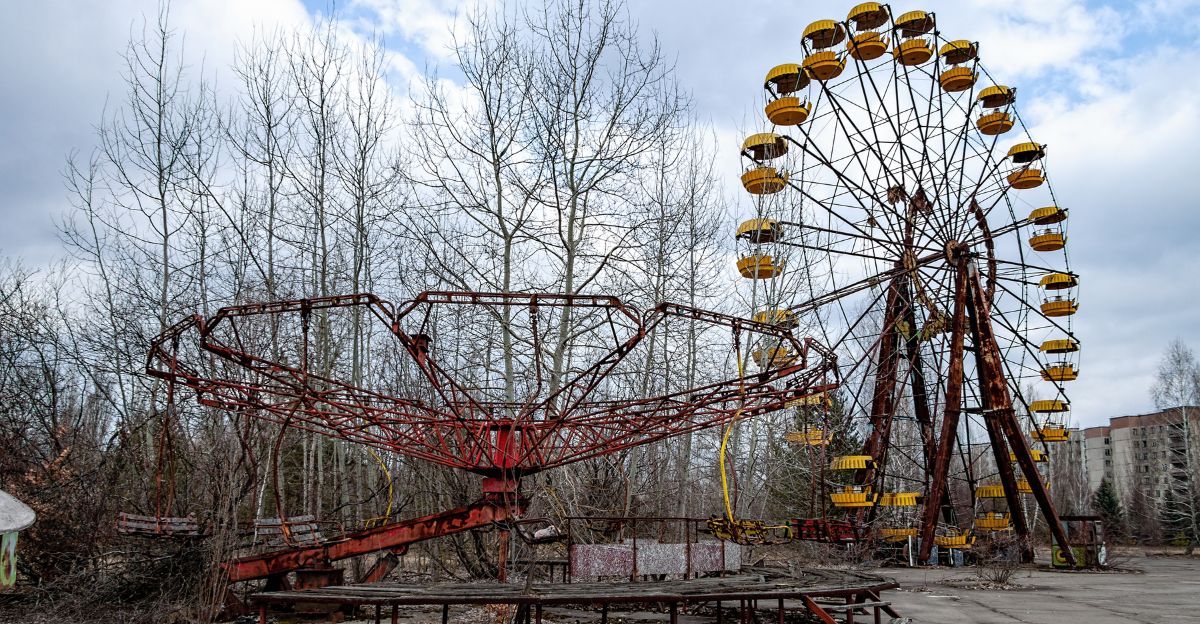
Russia’s nuclear history is full of troubles, including the well-known Chernobyl disaster in 1986, but also smaller accidents, many of which happened in the Arctic region itself.
This history makes many observers cautious about trusting new promises of safety. In the words of an international safety advocate, Without rigorous, outside checks, critics worry the same mistakes could be repeated.
What Happens to Arctic Life If There’s a Leak?
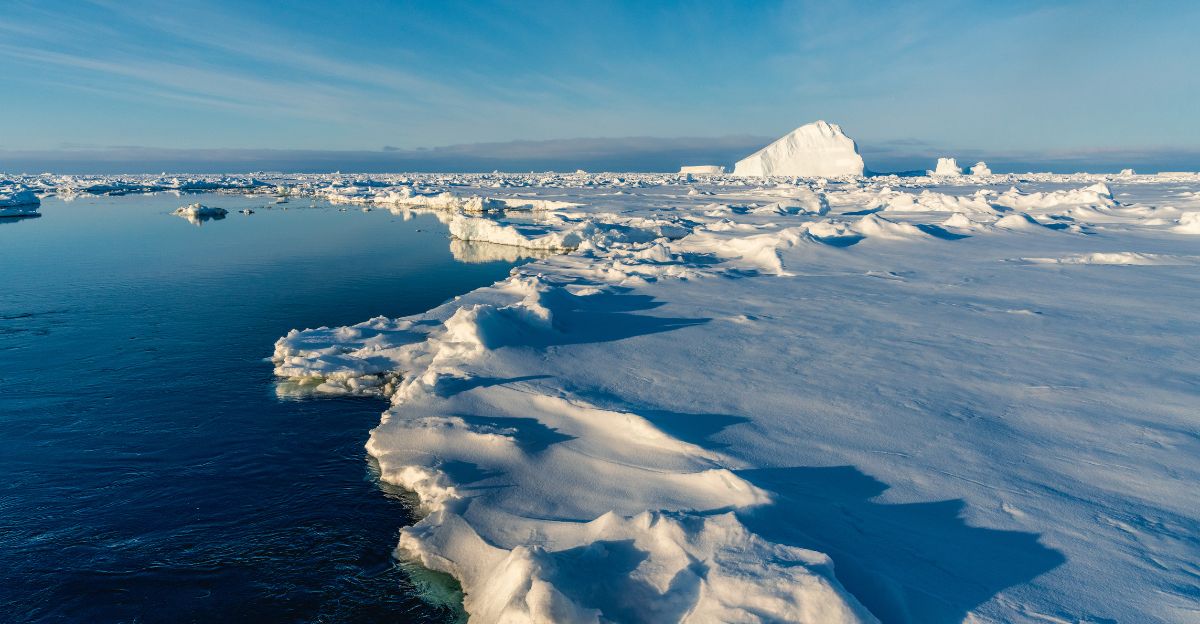
If the Akademik Lomonosov’s reactors malfunction, radioactive waste could spill right into the icy sea. A disaster like this wouldn’t just be a Russian problem, it would threaten fish, birds, seals, and whales, as well as the people who depend on these animals.
Because the ocean currents move pollutants around the globe, even countries far from the Arctic could face fallout from a nuclear leak. “A damaged reactor could contaminate much of the marine wildlife in the near vicinity. That means that fish stocks could be contaminated for years to come,” wrote Greenpeace.
Nuclear Waste Already Lurks Beneath the Ice
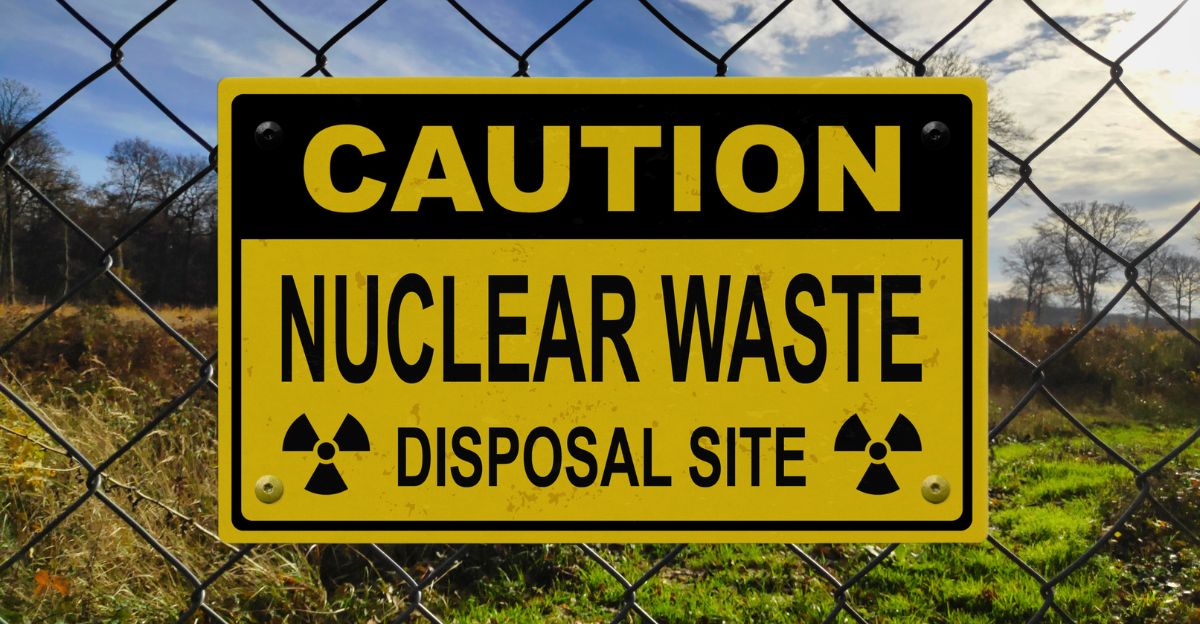
For decades, the Arctic Ocean has collected nuclear waste, old reactors, and even weapons dumped by the Soviet Union long ago. These remnants still pose risks to today’s environment and make any new accident much more dangerous, since the harmful effects can pile up over time.
If a floating reactor ever breaks, clean-up will be even harder because the environment is already contaminated.
How Would They Clean Up a Nuclear Mess?
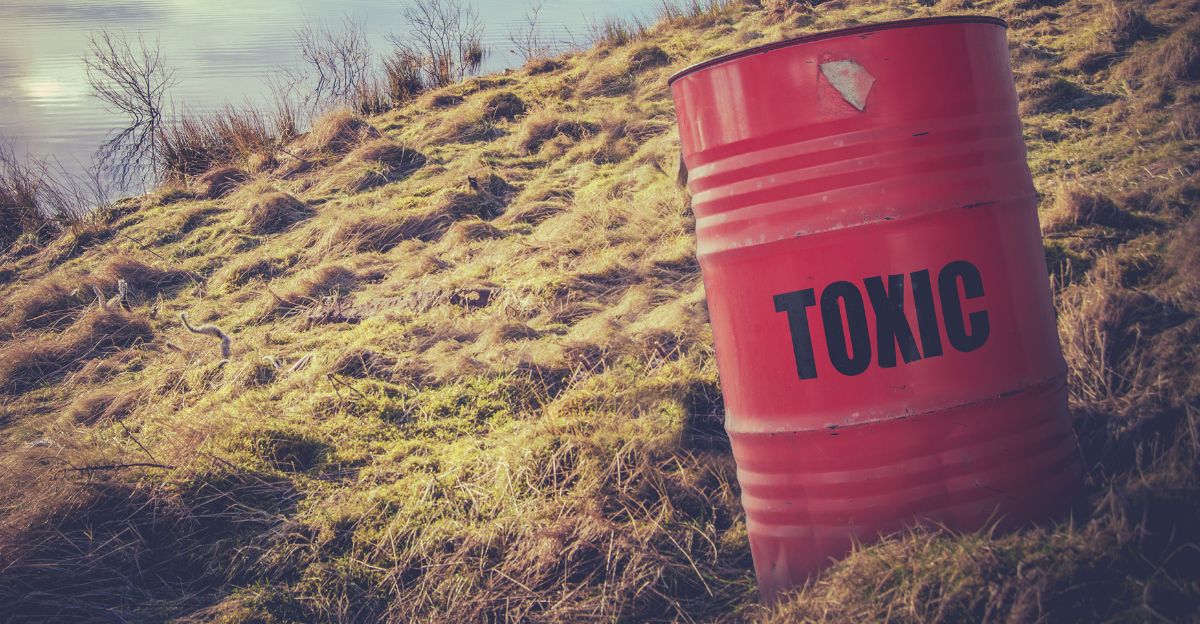
The Arctic is so remote that getting crews, equipment, and supplies out there to fix a nuclear disaster would be extremely hard. Unlike places on land with roads, airports, and big hospitals, the region around Akademik Lomonosov is cut off by ice and stormy weather much of the year.
Recovery from even a minor incident could take years, with wildlife and human health suffering as a result.
The Floating Plant as Part of Russia’s Arctic Dream
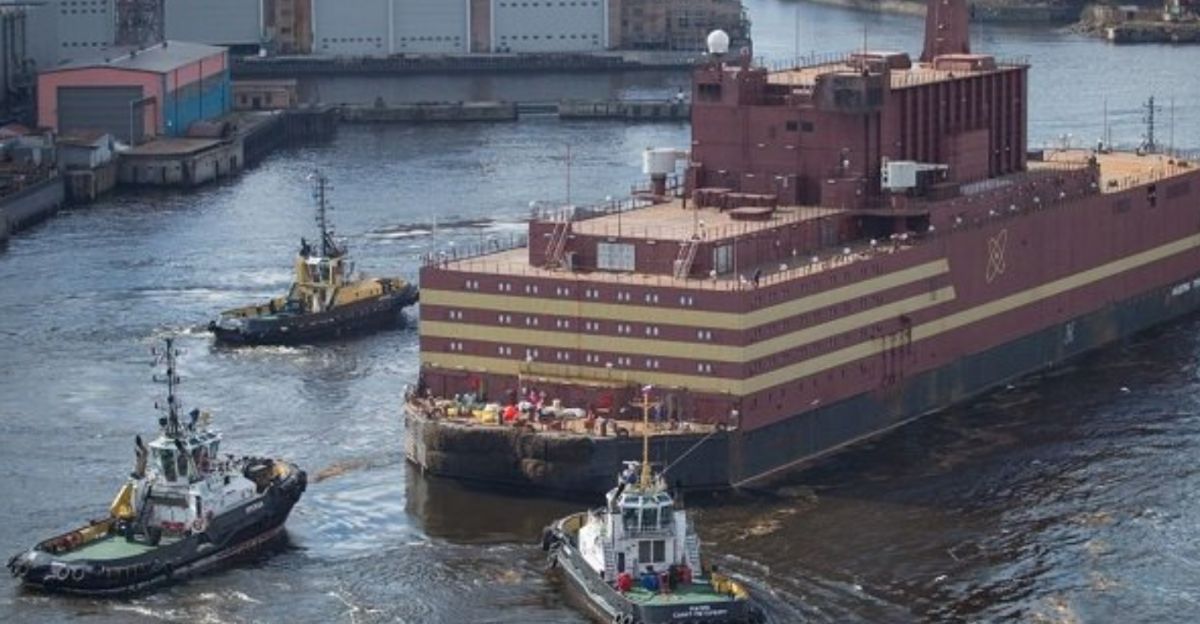
Russia sees the Arctic as the key to its future, full of valuable oil, gas, and minerals ready to be claimed. The floating nuclear plant is a cornerstone of that vision, providing energy to those who work in the far north and helping open up new sea routes that could change global shipping.
But the rush to develop is matched by growing worry about whether the rewards are worth the risks. “Rosatom’s plans to build a fleet of floating nuclear power stations means an unprecedented increase in the risk of nuclear incidents and accidents in the Arctic,” wrote Greenpeace.
It’s Not Just About Power, Military Uses Too
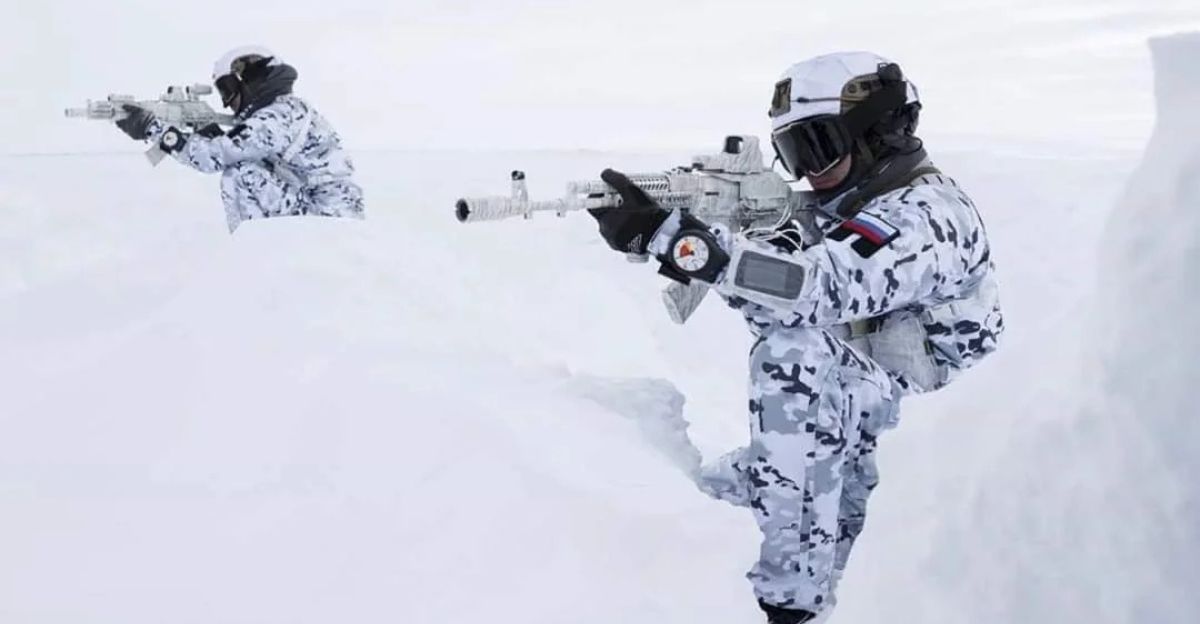
Russia’s nuclear push in the Arctic isn’t only for miners and townspeople, it’s also tied to growing military activities. The country has expanded its fleet of nuclear-powered submarines, icebreakers, and even experimental naval weapons in the region.
Experts warn that an unplanned event involving military nuclear assets could have regional or global consequences. Bringing together so many nuclear machines in one place increases the odds of something going wrong, and makes disaster even harder to control.
Why the Rest of the World Worries
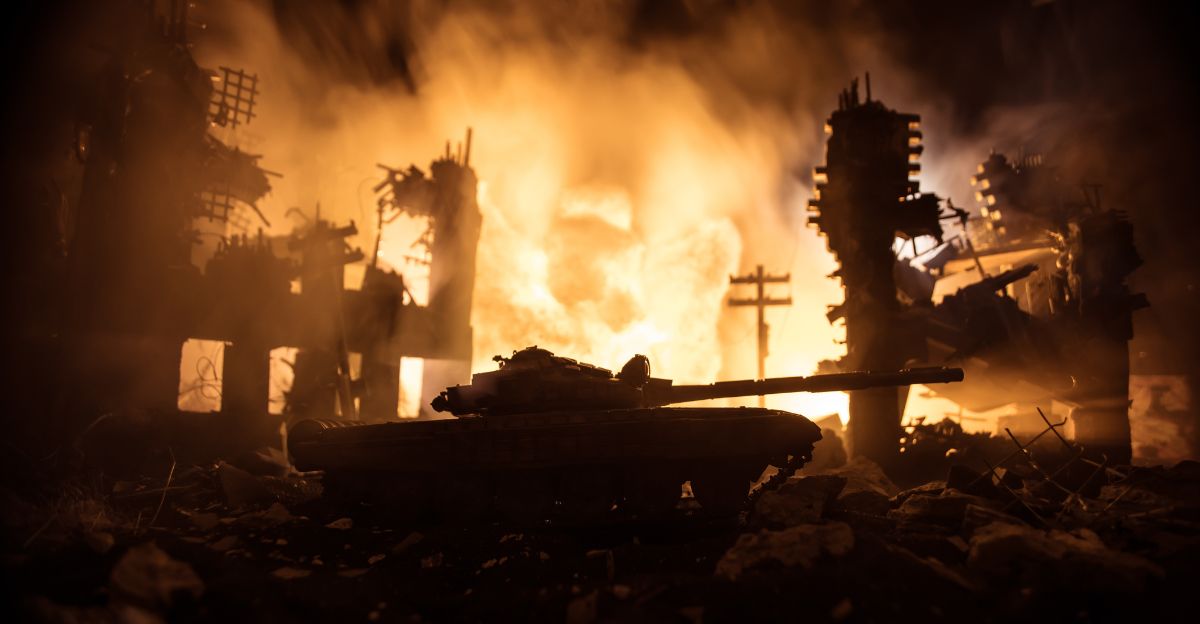
Since the war in Ukraine broke out, Russia has become more isolated internationally, making global cooperation on nuclear safety even harder. Many nations say Russia’s secretive approach to projects like the Akademik Lomonosov leaves huge gaps in post-accident plans.
The world needs Russia to work openly with others, but political divisions mean these calls for partnership often go unanswered.
How Likely is a Meltdown?
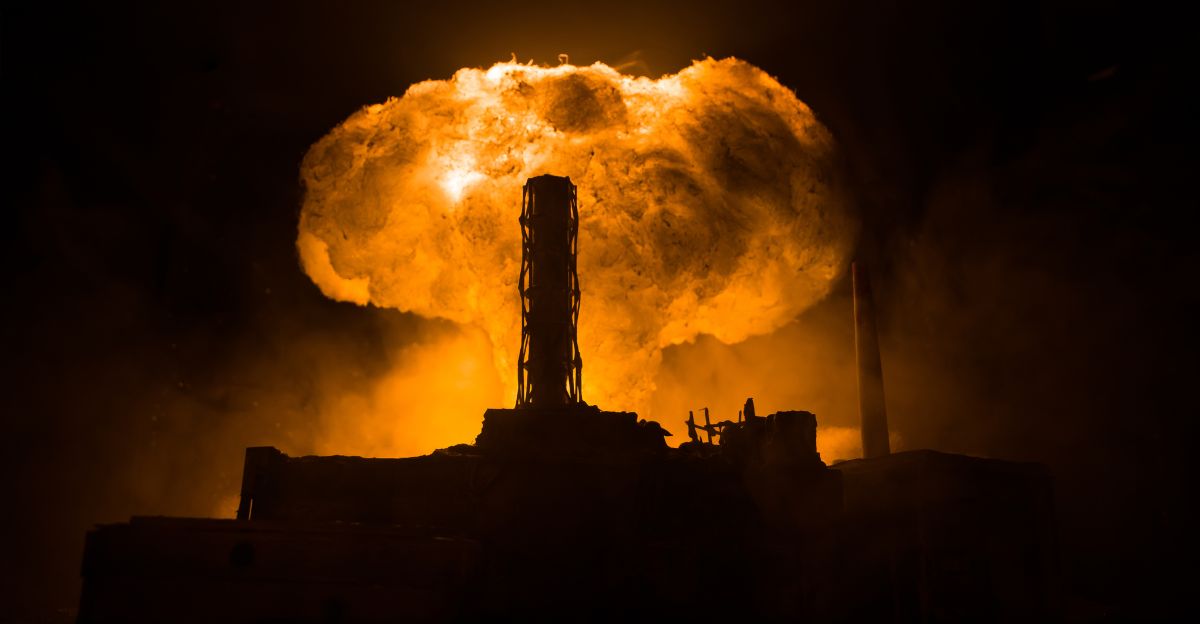
Modern nuclear designs are much safer than those from past decades, and most specialists say the chance of a meltdown is low. New plants are built to resist core damage, and Russia claims Akademik Lomonosov uses best-in-class technology.
However, floating reactors face hazards that are tough to predict, like storms or crashes at sea. Probabilistic safety models don’t always capture these unique risks.